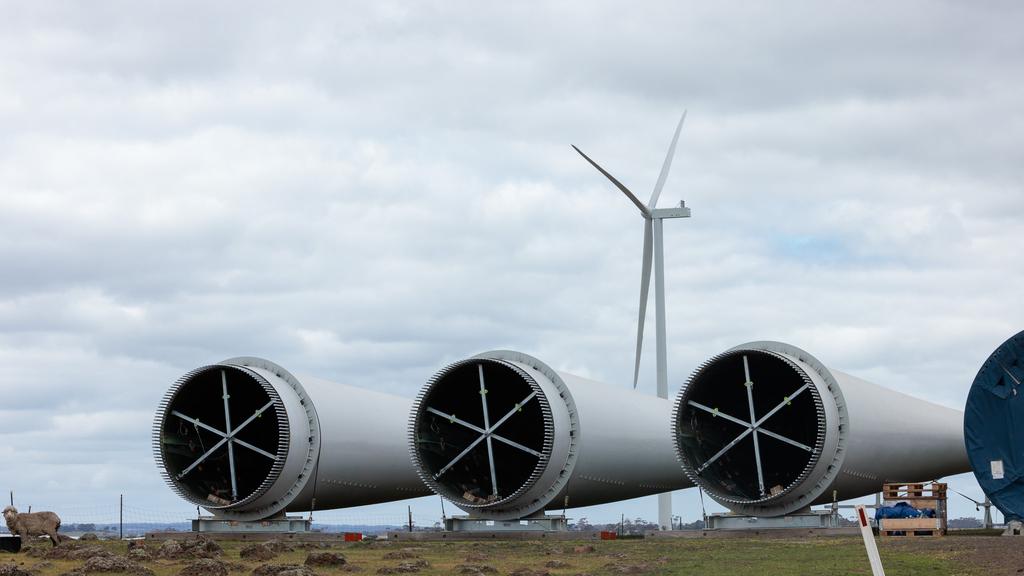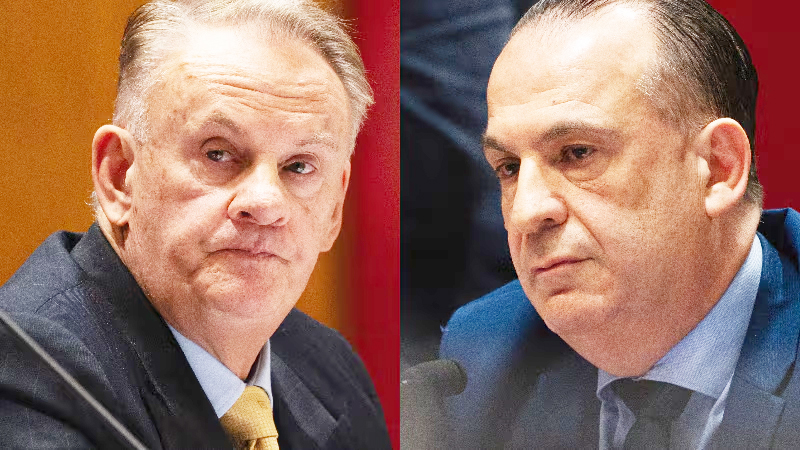
Australia’s unemployment rate remained steady at 4.1% in September, aligning with the revised figure for August, according to seasonally adjusted data released by the Australian Bureau of Statistics (ABS). This stability in the unemployment rate presents a challenge for homeowners hoping for a clearer signal that the Reserve Bank of Australia (RBA) might lower the official interest rate later this year.
Impact on Interest Rates
Sean Langcake, Head of Macroeconomic Forecasting at Oxford Economics Australia, stated that Thursday’s job figures likely delay any reduction in interest rates. He remarked, “These figures aren’t strong enough to prompt an interest rate hike from the RBA, but they do support our view that an interest rate cut is further off than the market currently expects.”
Langcake projected that the first RBA rate cut will likely come in the second quarter of 2025.
The RBA has two more board meetings this year—on Melbourne Cup Day in November and in December—before their first meeting in February next year.
Strong Job Growth
The ABS reported on Thursday that the economy added 64,100 jobs in September, significantly exceeding economists’ expectations of 25,000. The unemployment rate held steady at 4.1%, below analysts’ predictions. Despite the slight drop in unemployment, strong employment growth raised the participation rate by 0.1 percentage points to a record high of 67.2%.
The labor market has remained resilient over the past year, despite a noticeable slowdown in economic growth. According to Langcake, “Labor demand is being met by additional supply, as evident in the record-high participation rate and employment-to-population ratios in recent months.”
Record Employment Levels
ABS data showed that employment rose by 3.1% over the past year, outpacing the civilian population growth of 2.5%. Bjorn Jarvis, Head of Labor Statistics at ABS, noted that “This contributed to a 0.1 percentage point increase in the employment-to-population ratio, and a 0.4 percentage point rise over the past year, reaching a new historic high of 64.4%.”
Jarvis further explained that the record participation rate and employment-to-population ratio reflect large numbers of people entering the workforce and securing jobs across various industries. Although the number of unemployed individuals fell slightly to 616,000 in September, there have been signs of weakening over the past 12 months.
The ABS highlighted that there are 90,000 more unemployed individuals compared to September 2023, despite there still being 93,000 fewer unemployed people than before the COVID-19 pandemic, when the unemployment rate was 5.2%.
Government and Opposition Reactions
The positive job results were better than expected, prompting praise from Treasurer Jim Chalmers, who stated that the Albanese Government is the only government to create a million jobs within a single parliamentary term. “More than a million new jobs in one parliamentary term is a remarkable achievement in a slowing economy. It means more new jobs have been created under us than any other government at any time,” he said.
However, opposition employment spokesperson Michaelia Cash criticized the government, arguing that the job growth is primarily occurring in the public sector rather than the private sector. She stated, “Over the past two and a half years under this government, you’ve seen an increase in public sector job growth. This is just the government growing the size of bureaucracy.”
Cash added that a robust private sector is essential for a healthy economy, and under the current government, “business bankruptcies are at an all-time high.








